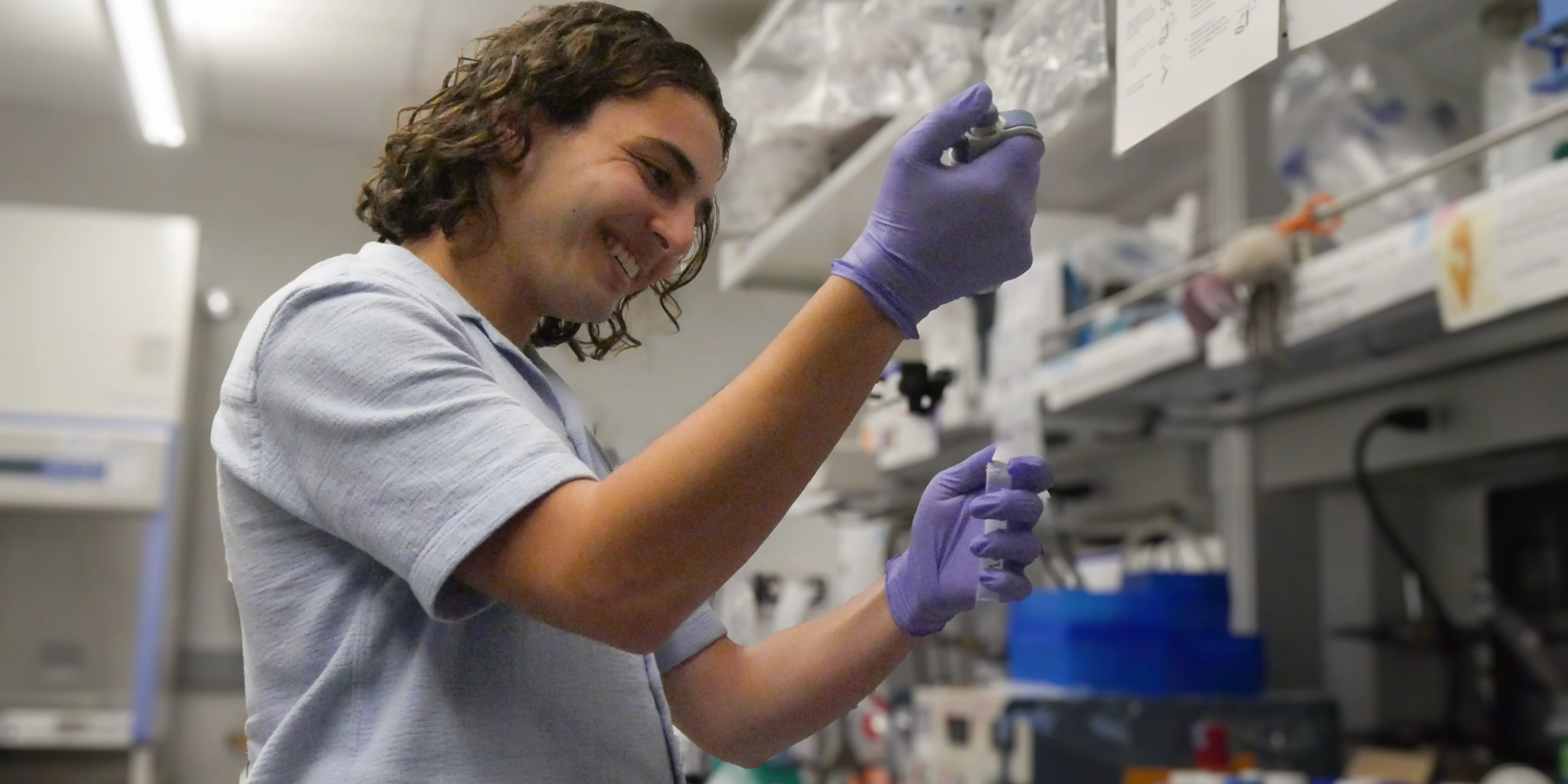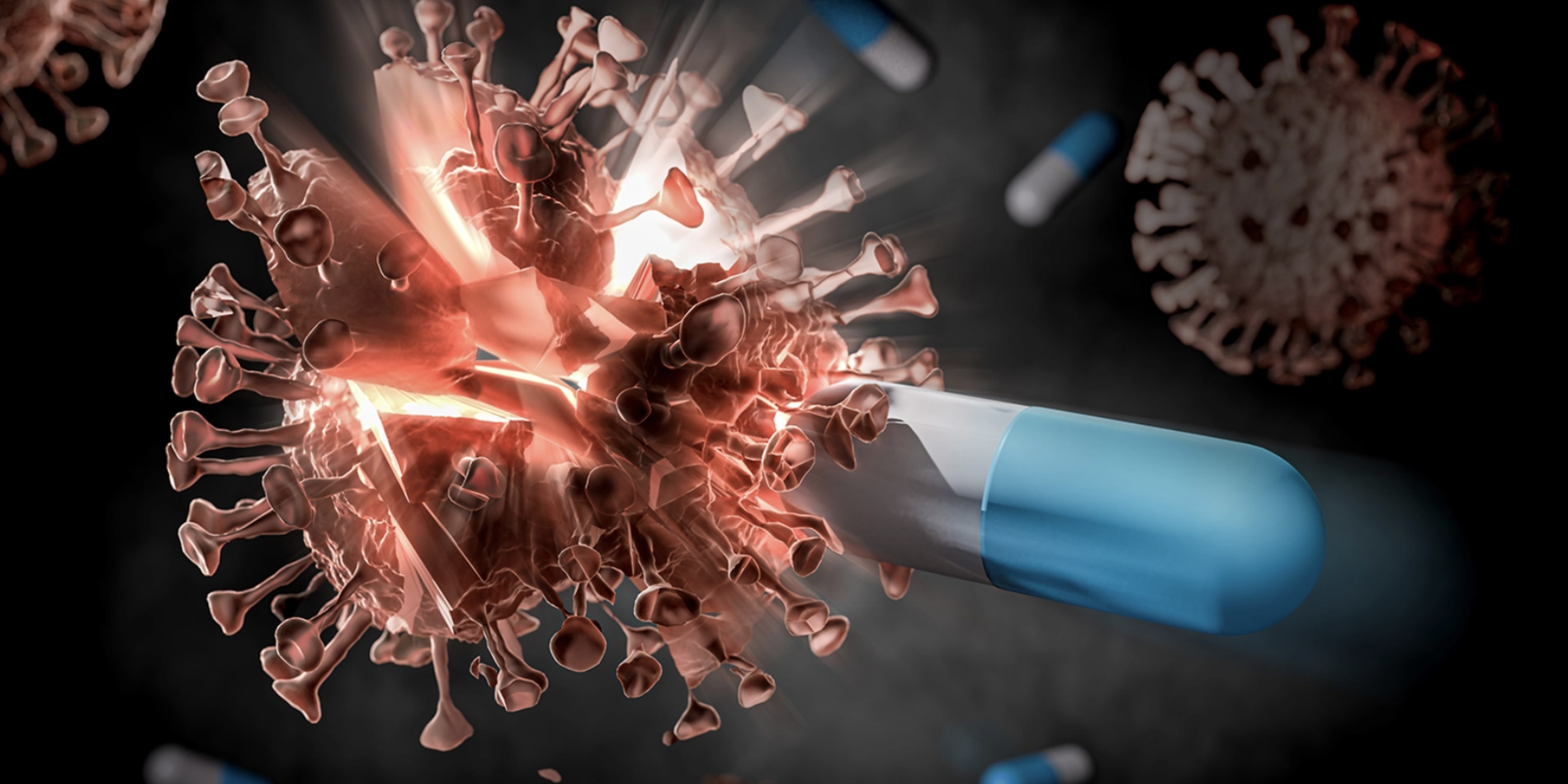
Hawa Racine Thiam is currently a Visiting Fellow at the National Heart, Lung, and Blood Institute (NHLBI). She will be joining the Bioengineering Department as an Assistant Professor in March 2022. We asked Hawa to share a few stories about herself and her interests.
What initially got you interested in Bioengineering?
The potential of combining what we learn in biophysics, in particular cellular biophysics, with engineering principles to manipulate, predict and re-design cells is what drew me to bioengineering. And this interest really grew from my studying immune cells, initially from a basic science, knowledge generation standpoint, using my background in physics. But, because of the intrinsic link between the immune system and host wellbeing, I started wondering how we/I could translate these fundamental cellular biophysics knowledge to engineer the immune system and improve human health. Bioengineering at Stanford, with the breadth of scientific interest and expertise of its faculty, offers the ideal environment for a biophysicist to dive into engineering, which I look forward to doing.
What excites you about working at Stanford?
Everything! The great minds all around, the potential of interacting with the brilliant students there and the supportive and forward-looking leadership that I interacted with during the recruitment process. I am super excited to join Stanford as a BioE faculty and a ChEM-H Institute Scholar. I will have the privilege of closely interacting with faculty with an engineering mindset as well as faculty interested in improving human health; this will be extremely valuable for the accomplishment of my long-term goals. Another aspect of Stanford that excites me a lot is the ease at which collaborations and interdisciplinary research can occur thanks to initiatives such as BioX and the BioSciences PhD program. I am an unbiased ally of interdisciplinarity because I believe in the power of combining different skills, approaches and perspectives to solve the complex questions we face.
What will your research at Stanford focus on?
My research program aims at understanding the cellular biophysical mechanisms that allow immune cells to accomplish their functions in the physically challenging in vivo environment. I believe that such understanding of immune responses, at the cellular scale, will allow us to design novel strategies to engineer the immune system and better human health. Initially, my lab will study an intriguing immune defense mechanism, termed NETosis, during which Neutrophils go to the extent of releasing their genetic material to the extracellular environment to trap pathogens. However, NETosis also negatively correlates with a growing number of inflammation related diseases such as Cancer, autoimmune diseases and Covid-19. Currently, we lack a clear understanding of the basic mechanisms underlying this process. In particular, the biophysical mechanisms that allow cells to initiate and complete such an extreme and sometimes harmful process is not known; that’s what my lab will aim at elucidating, using a combination of microscopy, mathematical modeling, cell biology and immunology.
What do you want the Stanford/BioE community to know about you?
Firstly, I am super excited to be there and I look very much forward to sharing what I know and learning from everyone there. Also, I love pushing cells to their extreme! So if you have a similar passion for extreme cell behaviors, I would love to discuss.
What are some of your favorite past times/hobbies?
I would say reading and walking. I love the freedom of imagination that I find in books where I can depict characters as I please. Also, growing up in Senegal, books have been my primary way of discovering new places and cultures, and the books I read as a child most certainly triggered my love for travelling. Our favorite pastime as a family is walking around cities and discovering differences between and within neighborhoods. So I am thrilled to be moving to the bay area; so much to discover!


